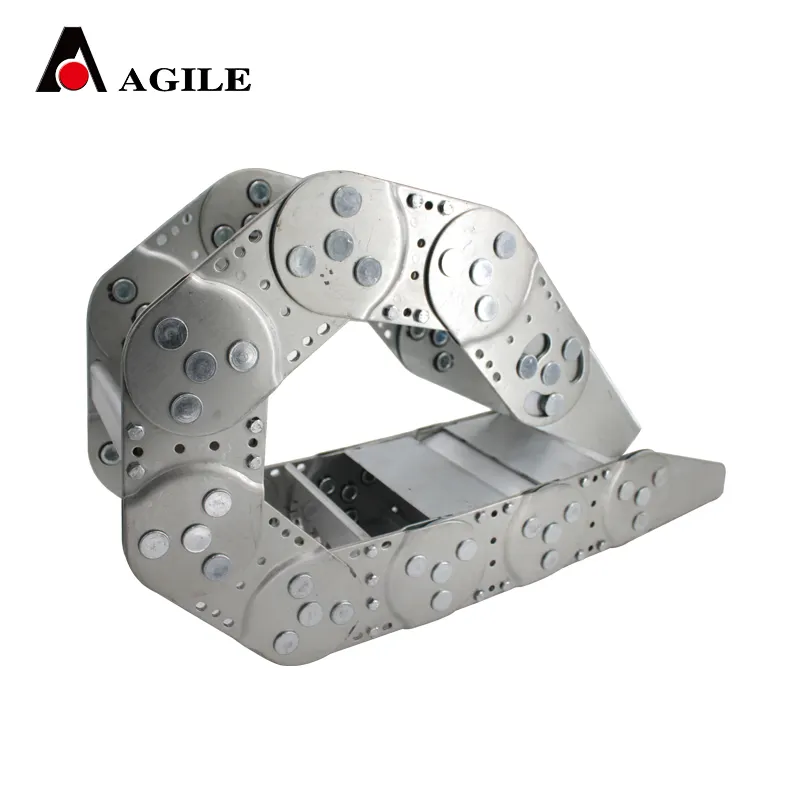Exploring the Impact of Drag Cables on Structural Stability and Performance
The Evolution and Significance of Drag Cables in Modern Technology
In the realm of telecommunications and electrical engineering, drag cables have emerged as an essential component, facilitating the seamless transmission of data and power across various applications. These cables, designed to withstand the rigors of movement and environmental challenges, have become integral in numerous industries, including entertainment, construction, and manufacturing. This article delves into the evolution, design, and significance of drag cables in modern technology.
The Concept of Drag Cables
Drag cables, also known as flexible or portable cables, are characterized by their ability to move freely while remaining connected to stationary or moving equipment. Traditionally, these cables are used in applications where the equipment is in motion, such as robotic arms, cranes, and stage lighting systems. Their design caters to continuous bending and twisting, ensuring reliability and reducing wear and tear over time.
These cables consist of multiple insulated conductors bundled together and encased in a protective outer layer. The materials used in drag cables play a critical role in their performance. High flexibility polymers are commonly employed to allow for easy movement, while durable synthetic materials offer resistance to abrasion, chemicals, and environmental stressors.
The Evolution of Drag Cables
The evolution of drag cables can be traced back to the increasing demands of industrial machinery and entertainment technologies. Initially, cables were rigid and lacked the necessary flexibility, which often led to frequent replacements and costly downtime. As technology advanced, manufacturers began to innovate, creating drag cables that could endure extensive mobility without compromising performance.
In the late 20th century, the rise of robotics and automated systems necessitated advancements in cable design. Manufacturers began incorporating features such as strain relief and reinforced connectors, allowing these cables to sustain the dynamic forces exerted during operation. As a result, modern drag cables are engineered to meet specific industry standards, ensuring they can handle the rigorous demands of various applications.
Applications of Drag Cables
drag cables

Today, drag cables are employed across a wide array of industries, each with unique requirements. One of the most prominent applications is in the entertainment industry, where drag cables are vital for stage lighting and sound systems. During live performances, these cables must withstand constant movement and repositioning while ensuring uninterrupted power supply and data transmission.
In industrial settings, drag cables play a crucial role in automated manufacturing processes. Conveyor systems and robotic arms depend on these cables to transmit power and control signals while allowing for fluid movement. The ability to maintain efficiency and minimize downtime has made drag cables indispensable in today's fast-paced manufacturing environments.
Additionally, drag cables are used in construction and infrastructure projects. They power heavy machinery and provide data connectivity for various equipment on construction sites. The ability to withstand harsh conditions, including extreme temperatures and dirt exposure, ensures that these cables remain functional and reliable.
The Future of Drag Cables
As technology continues to evolve, so too does the design and application of drag cables. With the advancement of materials science, manufacturers are exploring new compounds that enhance flexibility, durability, and resistance to environmental factors. Innovations such as lightweight and eco-friendly materials are gaining traction, aiming to reduce the carbon footprint of these essential components.
Moreover, the integration of smart technology is on the rise. Future drag cables may incorporate sensors that monitor cable health and performance in real-time, allowing for predictive maintenance and timely replacements. This shift towards smart cables is expected to enhance efficiency and reliability across various sectors.
Conclusion
In summary, drag cables have revolutionized the way equipment operates in dynamic environments. Their design and integration into various industries underscore their significance in modern technology. As we move towards an increasingly connected and automated future, the role of drag cables will only become more critical, ensuring that our systems remain efficient, reliable, and capable of meeting the challenges of tomorrow. The evolution of drag cables is a testament to human ingenuity, reflecting our ability to adapt and innovate in response to the growing demands of technology.








